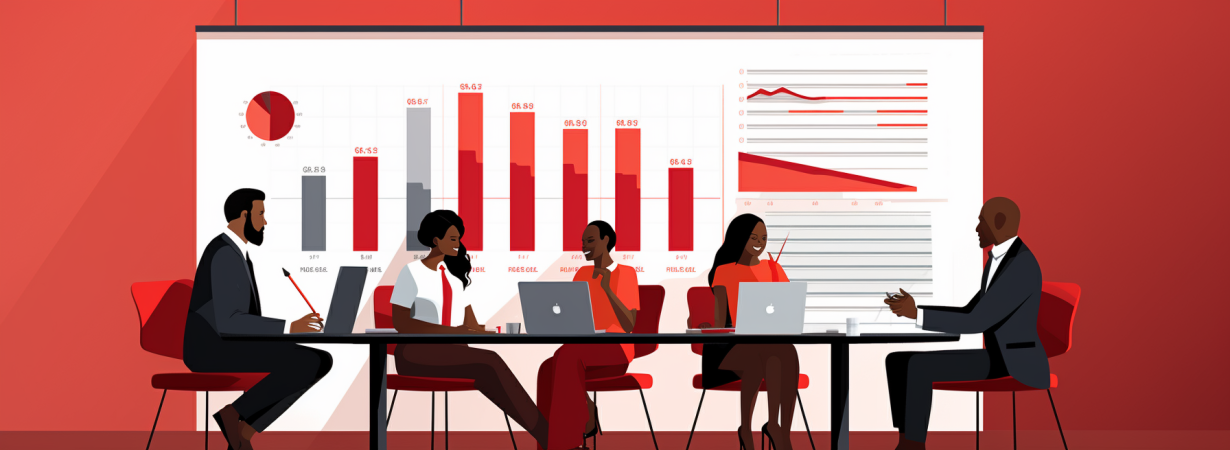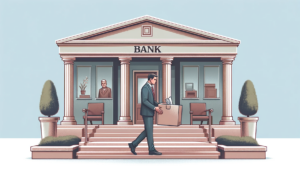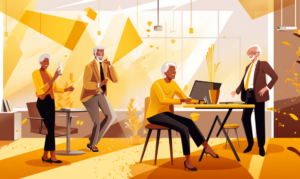Former NASA CHRO: What is AI’s impact on the "enigmatic" art and science of workforce planning?
- 5 Min Read
Jane Datta, Former Chief Human Capital Officer, NASA, discusses the questions organizations must ask to determine how AI will impact their approach to workforce planning
- Author: Jane Datta
- Date published: Nov 3, 2023
- Categories


Workforce planning is the most curious, enigmatic, and powerful of human resources functions. Unlike other HR disciplines, it has no clear boundaries. A workforce planning product could on one day look like a strategy for what an organization wants to be when it grows up, on another, a business forecast, and on another, a tactical plan for defining and prioritizing hires.
Workforce planning is more art than science since it requires creativity and operates with minimal rules. The most skillful workforce planners understand the function’s many guises, and the wide variety of tangible and intangible factors that must be considered to go from a workforce planning idea to an output that can be understood, used, and valued.
How to navigate generative AI’s impact on workforce planning
As of 2023, there’s a new disruptor in town: Generative AI.
What does this mean for workforce planning? We shouldn’t ignore it, nor assume it is the latest shiny object that will just as quickly fade away. Our job in workforce planning is to stay current with what our organizations and industries are doing, advocate for a technology roadmap, and understand what opportunities and risks AI brings to our organizations and our workforce.
My call to action for workforce planners is this: think through the potential impact of AI on the workforce of the future in your organization. This call to action does not require planners to quantify impacts, but instead to understand the overall possibilities of how AI capabilities could reset how we define human work. Here are some sample topics to consider when looking to the future.
Questions to consider
- What does your organization’s technology roadmap include? What future activities might generative AI tools perform? What job types do these tools impact the most?
- What is your industry considering for automation or AI and is this changing the expectations of some professions in the future?
- What are the roles that humans should perform now and in the future, given your organization’s values and brand identity? What new services could people perform if AI freed them from tasks and activities that technology could successfully perform?
- What new roles might emerge due to AI adoption?
- In what timeframe might work transition from people to technology and how organically could the transition occur (using attrition, reskilling, hiring)?
- How can your entire workforce become more digitally skilled to interact effectively with technology?
The answers to these questions can inform long-term workforce plans. By focusing on the art and the science of workforce planning, professionals can help organizations filter the many possible futures, anchored in their values, and make astute choices in the near term about hiring, development, and workforce communications. Organizations can also use the very precious lead time between the idea and implementation of AI to gradually adjust workforce composition, intentionally shape culture, and face the marketplace as the organizations they want to be.
How generative AI is shaping the workforce?
AI has been slow to unfold but has picked up pace rapidly. It could also impact the working world much more profoundly than factors such as the pandemic because it will change not just the when and where of work, but also how companies distribute work between humans and technology. Large language models, at the core of generative AI, can access and synthesize more data at a speed impossible for humans.
Here are some of the ways AI is shaping workforce planning:
- AI tools can create new data and learn to interact with people as humans do. If designed well, AI tools may allow services to migrate from high human touch to high tech touch effectively, with high customer adoption.
- Ironically, in the future, AI technology (e.g., robots) could provide more human-like services or service enhancements to customers than is logistically or economically possible through people today. Our understanding of an organizational culture could be broader and deeper, fed by a multiplicity of sources that AI can synthesize rapidly.
- However, despite the promise of AI, it requires time, investment, solid governance, and testing to be successful. Consequently, progress in implementing AI for most organizations is slow, the promises ephemeral, and the prospects unnerving rather than helpful.
Art or science? The future of workforce planning
The experiences of the past three years have thrown into relief the importance of strategic and tactical workforce planning. They have also shown us what having both science and art in this function means. During the pandemic, Human capital professionals found themselves addressing a new range of workforce issues that had no playbook. Practitioners were able to identify trends, patterns, and meaning across all sorts of new and traditional data sets in service of business prosperity and workforce safety. Organizations rapidly adjusted their mix of workforce and adopted management practices they never imagined would be needed or possible.
While the pandemic is now over, the effects of it are not. Many leaders today express concerns about the long-term impacts of a distributed workforce on team cohesion, decision-making, collaboration, and productivity. New entrants to the workforce are looking for ways other than a central worksite and core hours to meet people, learn how an organization works, and connect with each other. Workforce planners will need to stay attuned to the organization’s perspective on hybrid work, and the impact of internal policy changes. In response to directional uncertainties, they can proactively create scenarios to understand the impacts of policy shifts on job design, their employer brand, and their ability to prevent unwanted attrition.
The pandemic was a warmup round for the long AI game and other external shifts we can only hope to anticipate. As workforce planners, we must practice the art and science of our function, forecasting workforce needs in the face of new, game-changing factors that touch an organization’s identity, internal operations, culture, employer brand, and business posture.









